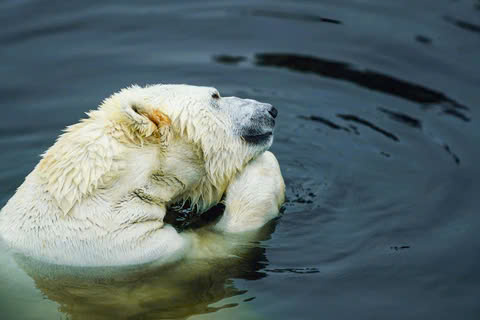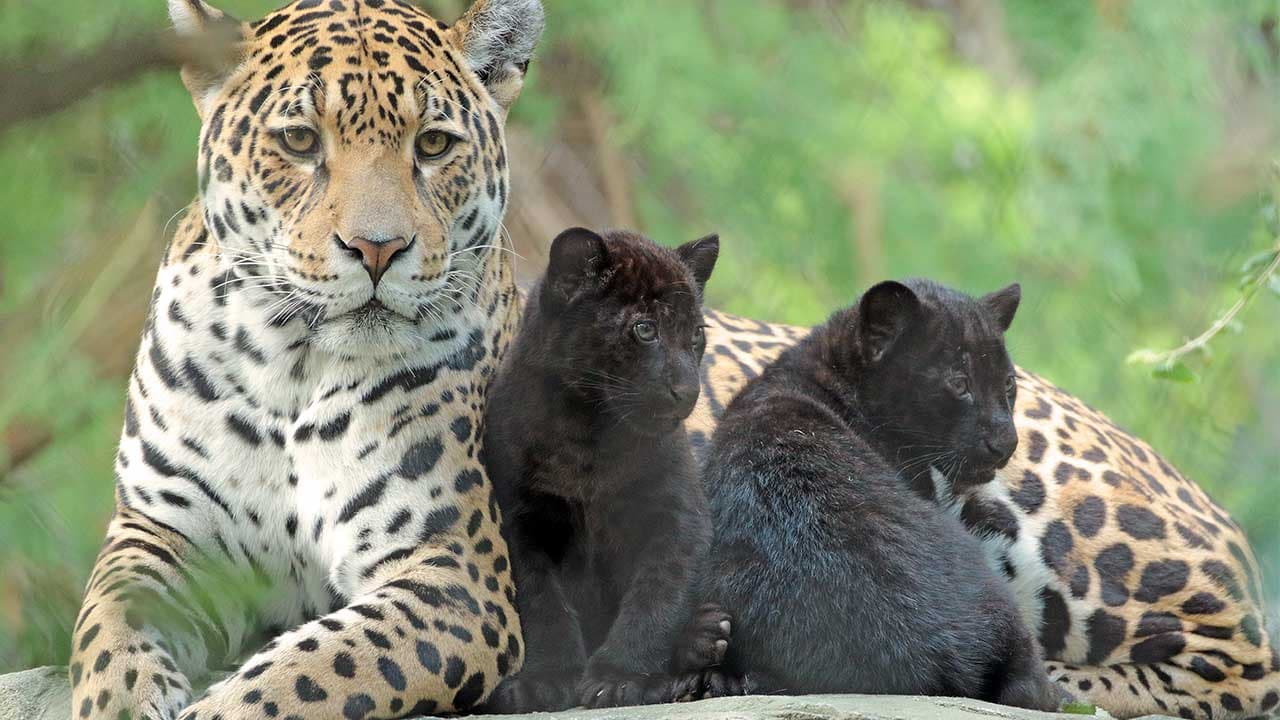The Arctic, a region once known for its frozen landscapes and harsh but stable ecosystems, is rapidly changing due to the impacts of climate change. As temperatures rise, the ice sheets and glaciers are melting at an alarming rate, altering the habitat for many species that call this environment home. Among the most iconic inhabitants of the Arctic are the polar bears, whose survival is intricately tied to the sea ice. However, a new phenomenon is emerging, one that could drastically affect the delicate balance of the Arctic ecosystem—polar bears and grizzly bears are now colliding, both literally and metaphorically, as climate change forces them into increasingly overlapping territories.

Polar bears, traditionally found in the icy regions of the Arctic, rely on sea ice to hunt seals, their primary food source. These bears are highly adapted to the cold, with thick fur, large paws for walking on ice, and a keen sense of smell to detect prey from great distances. However, with the rapid retreat of sea ice due to rising temperatures, polar bears are being forced to travel further and spend more time on land, where food is scarce and their chances of survival diminish.
At the same time, grizzly bears, which have historically lived in the forested regions of North America, are expanding their range. The warming climate is allowing grizzlies to venture further north, into regions that were once inhospitable to them due to the cold. Grizzly bears are more adaptable than polar bears and have a more varied diet, including berries, small mammals, and fish. As a result, they are able to thrive in these changing conditions.

As these two species come into closer proximity, conflicts are becoming more common. Grizzly bears, being larger and more aggressive, often dominate polar bears in direct confrontations. The two species compete for the same food sources, and grizzly bears have been observed to attack polar bears, sometimes killing them. This interspecies competition is unprecedented in the Arctic, where polar bears were once the apex predators.
The consequences of these encounters are profound. Polar bears, already struggling to find enough food due to the loss of their sea ice habitat, face even greater challenges as they compete with grizzly bears for survival. Grizzly bears, on the other hand, may find themselves in new and unfamiliar territories where they, too, have to adapt to the harsh Arctic conditions. Their presence could also have long-term effects on the food chain and ecosystem of the region, disrupting the delicate balance that has existed for centuries.

This collision of species is a clear indicator of the broader impact of climate change on the environment. The Arctic is one of the most vulnerable regions on the planet, and as temperatures continue to rise, the habitats of many species are being altered in ways that were once unimaginable. The arrival of grizzly bears in the Arctic and their interactions with polar bears is just one example of how the changing climate is reshaping ecosystems and threatening biodiversity.

It is crucial that we recognize the severity of the situation and take action to mitigate the effects of climate change. Reducing greenhouse gas emissions, protecting the habitats of vulnerable species, and working towards sustainable environmental practices are all essential steps in preserving the Arctic and its inhabitants. The future of polar bears, grizzly bears, and countless other species depends on our collective efforts to address the environmental crisis.
In the face of such challenges, it is more important than ever to raise awareness about the impacts of climate change and work towards solutions that will protect the Arctic and the creatures that depend on it. The collision of polar bears and grizzly bears serves as a powerful reminder that the effects of global warming are far-reaching and require immediate action to safeguard the future of our planet.















